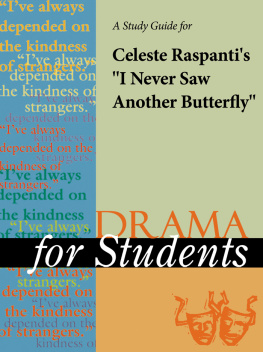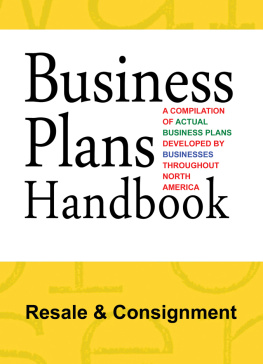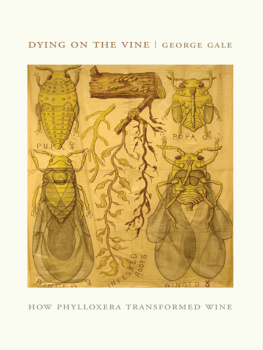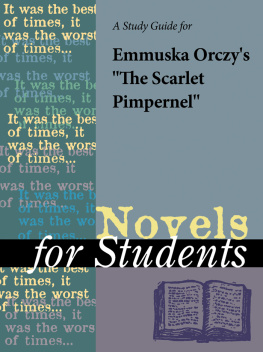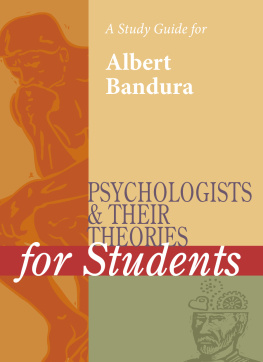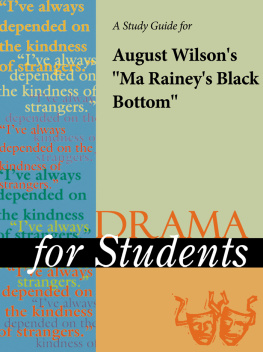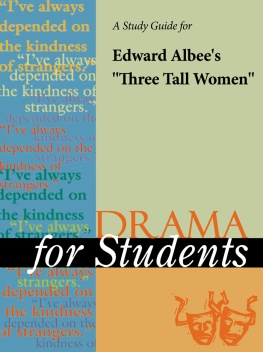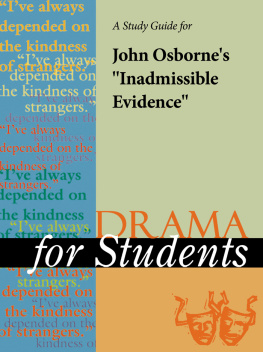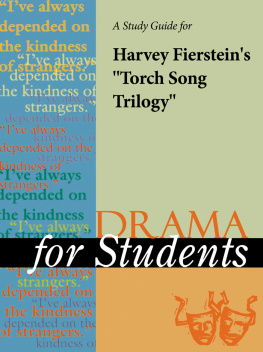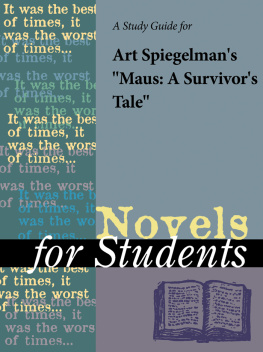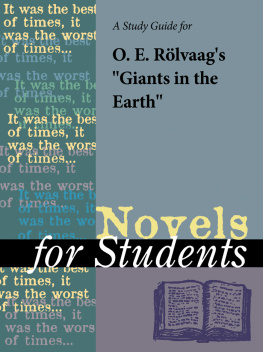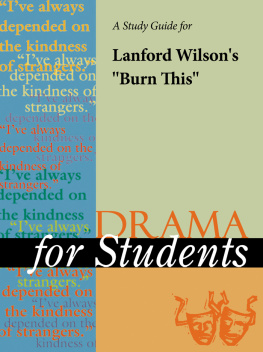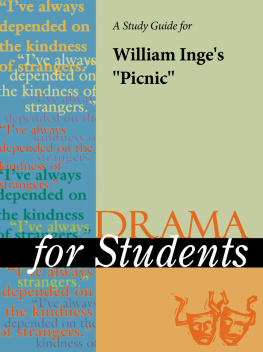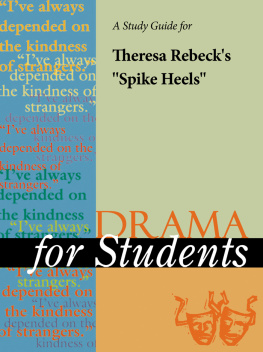TABLE OF CONTENTS
Guide
Drama for Students, Volume 2
STAFF
David Galens and Lynn M. Spampinato, Editors
Thomas Allbaugh, Craig Bentley, Terry Browne, Christopher Busiel, Stephen Coy, L. M. Domina, John Fiero, Carol L. Hamilton, Erika Kreger, Jennifer Lewin, Sheri Metzger, Daniel Moran, Terry Nienhuis, Bonnie Russell, Arnold Schmidt, William Wiles, Joanne Woolway, Contributing Writers
Elizabeth Cranston, Kathleen J. Edgar, Joshua Kondek, Marie Lazzari, Tom Ligotti, Marie Napierkowski, Scot Peacock, Mary Ruby, Diane Telgen, Patti Tippett, Kathleen Wilson, Pam Zuber, Contributing Editors
Pamela Wilwerth Aue, Managing Editor
Jeffery Chapman, Programmer/Analyst
Victoria B. Cariappa, Research Team Manager
Michele P. LaMeau, Andy Guy Malonis, Barb McNeil, Gary Oudersluys, Maureen Richards, Research Specialists
Julia C. Daniel, Tamara C. Nott, Tracie A. Richardson, Cheryl L. Warnock, Research Associates
Susan M. Trosky, Permissions Manager
Kimberly F. Smilay, Permissions Specialist
Sarah Chesney, Permissions Associate
Steve Cusack, Kelly A. Quin, Permissions Assistants
Mary Beth Trimper, Production Director
Evi Seoud, Assistant Production Manager
Shanna Heilveil, Production Assistant
Randy Bassett, Image Database Supervisor
Mikal Ansari, Robert Duncan, Imaging Specialists
Pamela A. Reed, Photography Coordinator
Cynthia Baldwin, Product Design Manager
Cover design: Michelle DiMercurio, Art Director
Page design: Pamela A. E. Galbreath, Senior Art Director
Since this page cannot legibly accommodate all copyright notices, the acknowledgments constitute an extension of the copyright notice.
While every effort has been made to secure permission to reprint material and to ensure the reliability of the information presented in this publication, Gale Research neither guarantees the accuracy of the data contained herein nor assumes any responsibility for errors, omissions, or discrepancies. Gale accepts no payment for listing; and inclusion in the publication of any organization, agency, institution, publication, service, or individual does not imply endorsement of the editors or publisher. Errors brought to the attention of the publisher and verified to the satisfaction of the publisher will be corrected in future editions.
This publication is a creative work fully protected by all applicable copyright laws, as well as by misappropriation, trade secret, unfair competition, and other applicable laws. The authors and editors of this work have added value to the underlying factual material herein through one or more of the following: unique and original selection, coordination, expression, arrangement, and classification of the information.
All rights to this publication will be vigorously defended.
Copyright 1998
Gale Research
835 Penobscot Building
645 Griswold St.
Detroit, MI 48226-4094
All rights reserved including the right of reproduction in whole or in part in any form.
This book is printed on acid-free paper that meets the minimum requirements of American National Standard for Information SciencesPermanence Paper for Printed Library Materials, ANSI Z39.48-1984.
ISBN 0-7876-1684-2
ISSN applied for and pending
Printed in the United States of America
10 9 8 7 6 5 4 3
Wedding Band
Alice Childress
1966
Introduction
Although Alice Childress wrote Wedding Band (the full title of which is Wedding Band: A Love/Hate Story in Black and White) in the early 1960s, the play was not performed professionally until 1966. There was interest in producing the play on Broadway, but because of its controversial subject matter the play remained largely unknown to audiences. Finally in 1972 Wedding Band was produced in New York for the first time. Subsequently, a New York Shakespeare Festival production of the play, based on Childresss screenplay, was broadcast by ABC in 1973; however, several ABC affiliates refused to carry the television production. The play examines the enduring nature of love between a white man and a black woman in 1918 South Carolina. Wedding Band confronts racism, but Childress reveals that racism is not only directed at blacks, but is also displayed by blacks. In the play, whites, Asians, and Jews are also victims of racism. Childresss depiction of an interracial love affair broke long-standing taboos on stage and television. While white critics argued that Herman should have been stronger and more determined to break away from southern racism, black critics maintained that Childress should have focused her writing on a black couple. Childresss characters are not idealized human beings; they are the imperfect men and women of a real world. Rather than present audiences with a model for racial harmony, Childress exposes the reality of life for black and white Americans as she explores the frailty of a humanity so entrenched in maintaining rules and social lines that it forgets that there are lives at stake.
Author Biography
Alice Childress was born October 12, 1920, in Charleston, South Carolina. Childress, who dropped out of high school after two years, was raised in Harlem in New York City by her grandmother, Eliza Campbell. Campbell had only an elementary school education, but she was an accomplished storyteller and likely instilled in Childress an early interest in telling stories. Although her formal education ended early, Childress continued to educate herself during hours spent reading at the public library. She became interested in acting after hearing an actress recite Shakespeare and joined the American Negro Theatre (ANT) in Harlem when she was twenty years old. Childress was an actress and director with ANT for eleven years and appeared in some of their biggest hits, including A Midsummer-Nights Dream, Natural Man, and Anna Lucasta.
Childress wrote her first play, Florence, in 1949. This one-act play explored racial issues and was well received by critics and audiences. Florence examined the prejudices of both white and black characters and established the direction many of Childresss subsequent plays would take. She followed this early success with another play, Just A Little Simple, an adaptation of the Langston Hughess novel, Simple Speaks His Mind. Childresss third play, written in 1952, Gold Through The Trees, became the first play by a black woman to be professionally produced on the American stage. Childresss next play, Trouble in Mind, focused on a topic she knew well, the difficulties black women faced as actresses. The play was very successful, and Childress became the first woman to win the Village Voice Obie Award (for the best original Off-Broadway play of the 1955-1956 season). A revised edition of this play was published in Black Theatre: A Twentieth-Century Collection of the Work of Its Best Playwrights. Childress next composed Wedding Band and Wine in the Wilderness; the latter was written for public television in 1969 and was the first play broadcast by WGBS Boston as part of a series On Being Black. This was followed by a one-act play in 1969,



